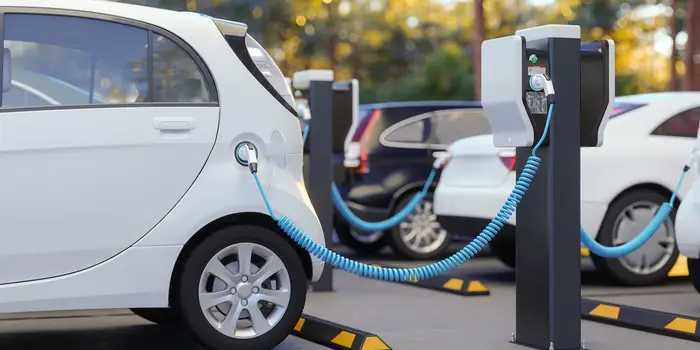Buying an electric car in the US can be an exciting and environmentally friendly choice. However, it requires careful financial planning to ensure it’s a viable decision for your budget. With the right steps, navigating the costs involved in purchasing an electric vehicle becomes much easier.
In this blog, we will guide you through the process of financially planning to buy an electric car, covering the different aspects you need to consider, from initial costs to long-term savings. Let’s dive in.
Understanding the initial costs

The initial costs of buying an electric vehicle can be significant. Unlike traditional gasoline cars, electric automobiles often come with a higher price tag upfront due to advanced technology and battery expenses. It’s essential to understand these expenses before making any decisions. When planning financially, consider the price range of the vehicle you are interested in.
Make sure to include additional fees such as taxes, registration, and any possible dealership charges. Research different models and their respective costs to get a comprehensive idea. Moreover, don’t forget to factor in potential incentives or rebates.
The US government and various states offer financial incentives for buying electric cars, which can significantly reduce the initial cost. Investigating these benefits early on can provide substantial savings.
Evaluating financing options
Once you have an approximate figure for the initial outlay, look into different financing options. Many dealerships offer financing plans tailored for electric vehicles, which may include competitive interest rates or even special financing deals. Compare various offers to find the best rate available. If dealership financing doesn’t appeal to you, consider personal loans from banks or credit unions.
These can sometimes offer more favorable terms depending on your credit score and financial history. Another option is to explore leasing programs. Leasing an electric car can be more affordable on a month-to-month basis, and it allows you to switch to a newer model more frequently, which is beneficial given the rapid advancements in electric vehicle technology.
Down payment and monthly budgeting
After deciding on a financing method, it’s crucial to plan for the down payment and ongoing monthly costs. Typically, a down payment ranges from 10% to 20% of the car’s price. Adequately saving for this payment can significantly lower your monthly financial burden. Budgeting for monthly payments, including loan installments, insurance, and maintenance (although less frequent for electric cars), is essential.
Create a detailed budget that accounts for all these expenses to avoid financial stress in the future. Consider setting up a dedicated savings account for your down payment and monthly budget. This can help you keep track of your progress and ensure that you have the necessary funds when it’s time to make the purchase.
Long-term savings and costs
Electric vehicles often come with long-term cost benefits. While they may have higher initial costs, the long-term savings on fuel and maintenance can be substantial. Planning for these savings can help justify the initial investment. Fuel savings can be significant as electricity is generally cheaper than gasoline.
Calculate your monthly and yearly savings on fuel by comparing the cost of electricity to your current spending on gasoline. This helps in understanding the financial advantages over time. Maintenance costs for electric cars are typically lower since they have fewer moving parts than traditional vehicles. Include these reduced costs in your financial plan to get a true picture of the long-term economics.
Evaluating insurance costs
Insurance for electric cars can sometimes be more expensive due to the higher cost of the vehicles themselves and their parts. It’s essential to shop around and compare different insurance providers to find the best rate for your specific situation. Many insurance companies offer discounts for electric vehicles, so don’t hesitate to inquire about any potential savings.
Also, consider bundling your electric car insurance with other policies (e.g., home or renter’s insurance) for additional discounts. Keep in mind that improving your overall driving record and maintaining a good credit score can help lower insurance premiums. Plan accordingly to ensure your comprehensive financial health, which in turn will benefit your car insurance costs.
Preparing for charging infrastructure
Installing a home charging station can be an additional expense but also a convenience, as it allows you to charge your car overnight. Research the costs of installing a Level 2 home charger, which is typically faster and more efficient than standard Level 1 chargers. If you’re a renter or don’t have the option to install a home charger, look into the availability of public charging stations in your area.
Many cities in the US have extensive networks of public chargers, with some even offering free or discounted charging. It’s also wise to calculate the impact of charging your car on your home electricity bill. Understanding these costs and planning for them ahead of time can help avoid any surprises once you begin using your electric vehicle.